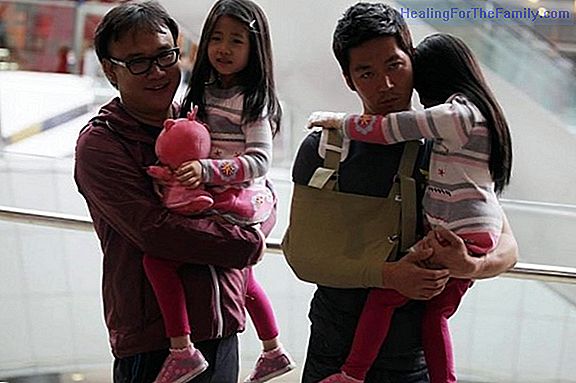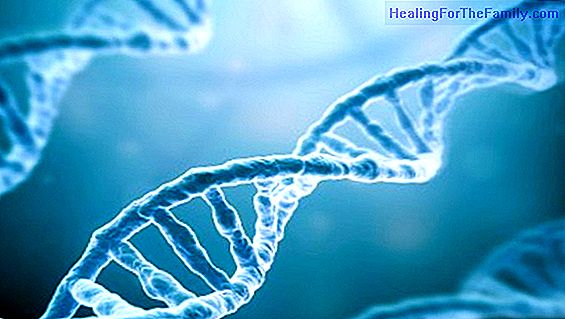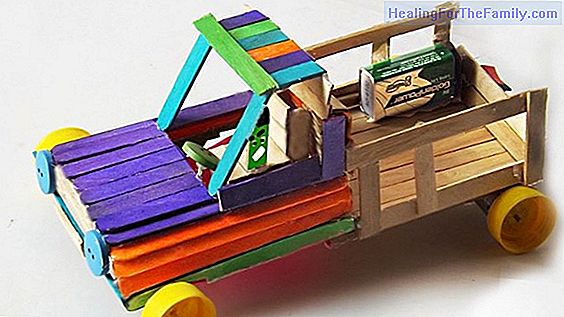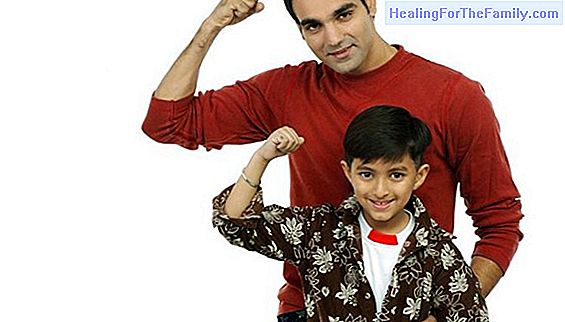Psychological consequences in children living in a terrorist attack
Every day, in different parts of the planet, many children live in dramatic, terrifying and sad situations derived from terrorist attacks. The attacks not only happen in distant countries, they can happen in your same city, therefore, we will comment briefly in this article the Post Traumatic Stress
Every day, in different parts of the planet, many children live in dramatic, terrifying and sad situations derived from terrorist attacks. The attacks not only happen in distant countries, they can happen in your same city, therefore, we will comment briefly in this article the Post Traumatic Stress Disorder (TPET), which is the one suffered by children exposed to a threatening event to the life of the child himself or a close relative. They are the psychological consequences in children who live a terrorist attack.
Psychological disorders in children living in a terrorist attack
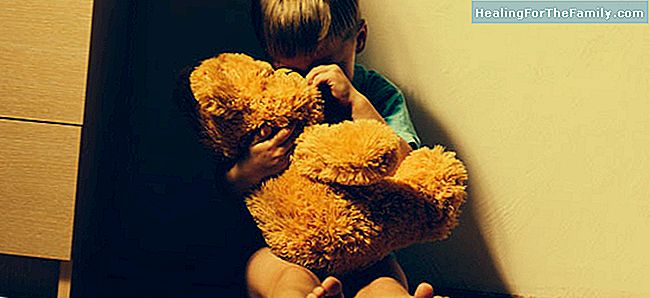
Does Post Traumatic Stress Disorder only relate to terrorist attacks?
No. It can also appear in connection with sexual abuse, school bullying, abductions, natural disasters, traffic accidents, serious illnesses.
Is PTSD common in children?
It is estimated that PTSD affects 1 - 4% of the general population. Focusing on the child population, and when the stressful stimulus is intense enough, affects 100% of children who live directly, regardless of other factors, such as the cultural level of the family, sex or ethnic group .
What are the clinical manifestations of Post Traumatic Stress Disorder in children?
- Alertness and hyperexcitation: attacks of rage, irritability, insomnia, lack of concentration, motor hyperactivity.
- Recurrent nightmares in relation to the situation that caused the disorder.
- Flashbacks of the stressful event (memory of smells, sounds, shocking images).
- Attitude of "avoidance" of any thought, feeling or activity that reminds them of the painful event.
- Sadness, mood swings.
- Sense of insecurity, search for protection.
- Somatic complaints: abdominal pain, headache.
- Self-injury.
With what other clinical pictures can PTSD be confused in children?
With obsessive compulsive disorder, depression, simple phobia and toxic consumption. The triggering event will give us the key to the differential diagnosis.
How should the psychological consequences be addressed in children living in a terrorist attack?
The management of these children must be carried out jointly by child psychologists, psychiatrists and educators. The measures to be adopted are:
- Pharmacological. There is little experience in this regard. Some studies have proposed the use of propranolol, clonidine, citalopram, carbamazepine and / or risperidone.
- Cognitive-behavioral therapy. It is the main aspect. It includes techniques of cognitive processing of the traumatic event and relaxation training.
- Other techniques: support therapy, desensitization through eye movements. They are still in the experimental phase.






